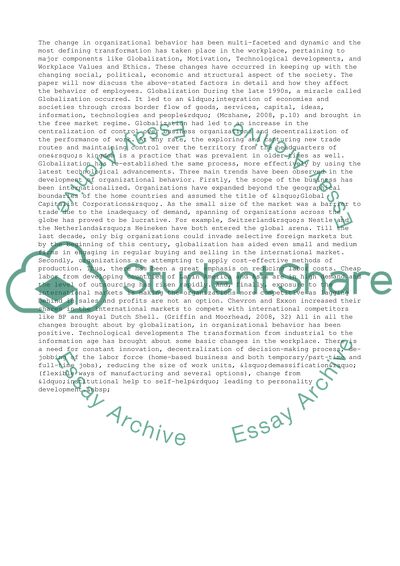Cite this document
(Work Culture and Management: Behavior in Organisation Term Paper, n.d.)
Work Culture and Management: Behavior in Organisation Term Paper. Retrieved from https://studentshare.org/management/1430788-behaviour-in-organisation
Work Culture and Management: Behavior in Organisation Term Paper. Retrieved from https://studentshare.org/management/1430788-behaviour-in-organisation
(Work Culture and Management: Behavior in Organisation Term Paper)
Work Culture and Management: Behavior in Organisation Term Paper. https://studentshare.org/management/1430788-behaviour-in-organisation.
Work Culture and Management: Behavior in Organisation Term Paper. https://studentshare.org/management/1430788-behaviour-in-organisation.
“Work Culture and Management: Behavior in Organisation Term Paper”, n.d. https://studentshare.org/management/1430788-behaviour-in-organisation.


